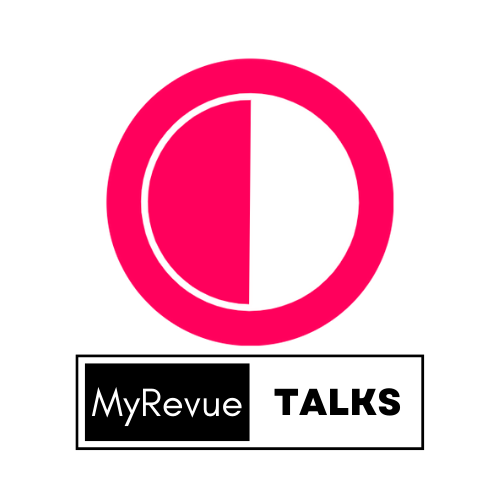User-Generated Content and Product Development
(UGC) plays a valuable role in product development, helping businesses gather insights, drive innovation.

Written by Shivangi
Updated on 16/07/2023
<p class="MsoNormal">User-generated content (UGC) plays a valuable role in
product development, helping businesses gather insights, drive innovation, and
enhance the overall product experience. Here's how UGC influences product
development:<o:p></o:p></p><p class="MsoNormal"><br></p>
<p class="MsoNormal">Feedback and customer insights: UGC provides direct feedback
from customers about their experiences with existing products or services.
Through UGC platforms, social media, or customer reviews, businesses can access
valuable insights about product performance, usability, and areas for
improvement. This feedback informs product development decisions and helps prioritize
features or enhancements.<o:p></o:p></p><p class="MsoNormal"><br></p>
<p class="MsoNormal">Co-creation and ideation: UGC can be leveraged for
co-creation and ideation in product development. Businesses can invite
customers to contribute ideas, suggestions, or concepts for new products or
product features. UGC-driven co-creation initiatives encourage collaboration
between businesses and customers, allowing for more user-centric and innovative
product development.<o:p></o:p></p><p class="MsoNormal"><br></p>
<p class="MsoNormal">User testing and validation: UGC can be used for user
testing and validation during the product development process. Businesses can
share prototypes or early versions of a product with customers and gather their
feedback through UGC platforms or feedback mechanisms. UGC-driven user testing
helps identify usability issues, uncover insights, and validate product
concepts or designs.<o:p></o:p></p><p class="MsoNormal"><br></p>
<p class="MsoNormal">Market research and trend analysis: UGC contributes to
market research and trend analysis in product development. By analyzing
UGC-related discussions, reviews, or social media trends, businesses gain
insights into emerging customer needs, preferences, or market trends.
UGC-driven market research guides product development strategies and helps
businesses stay ahead of evolving customer demands.<o:p></o:p></p><p class="MsoNormal"><br></p>
<p class="MsoNormal">User experience improvement: UGC provides valuable input for
improving the user experience (UX) of products. By analyzing UGC-related
feedback, businesses can identify pain points, areas of confusion, or
opportunities to enhance the UX. UGC-driven UX improvements result in more
intuitive, user-friendly, and satisfying product experiences.<o:p></o:p></p><p class="MsoNormal"><br></p>
<p class="MsoNormal">Product documentation and tutorials: UGC can contribute to
product documentation and tutorials. Customers often create UGC in the form of
instructional videos, how-to guides, or troubleshooting tips. Businesses can
leverage this UGC to complement their official product documentation and
provide additional resources for customers. UGC-driven documentation enhances
the usability and customer support around the product.<o:p></o:p></p><p class="MsoNormal"><br></p>
<p class="MsoNormal">Quality assurance and bug detection: UGC helps identify
product defects, bugs, or quality issues. Customers often share their
experiences with faulty products, glitches, or other performance-related
concerns through UGC platforms or customer reviews. UGC-driven quality
assurance enables businesses to address and resolve issues promptly, improving
product quality and customer satisfaction.<o:p></o:p></p><p class="MsoNormal"><br></p>
<p class="MsoNormal">Innovation and inspiration: UGC can inspire innovation and
product ideas. Businesses can explore UGC-related content, such as
customer-created prototypes, DIY modifications, or creative uses of their
products. This UGC-driven inspiration sparks new ideas and perspectives,
encouraging businesses to push boundaries and explore novel concepts in their
product development efforts.<o:p></o:p></p><p class="MsoNormal"><br></p>
<p class="MsoNormal">Early adopter feedback and insights: UGC provides valuable
feedback from early adopters of a product. These customers are often passionate
and eager to share their experiences, providing in-depth insights and
recommendations. UGC-driven feedback from early adopters helps businesses
iterate and refine their product before wider market release.<o:p></o:p></p><p class="MsoNormal"><br></p>
<p class="MsoNormal">Brand loyalty and customer engagement: UGC-driven product
development fosters brand loyalty and customer engagement. When businesses
involve customers in the product development process, it creates a sense of
ownership and strengthens the bond between the brand and its customers. UGC-driven
engagement enhances customer loyalty, advocacy, and long-term relationships.<o:p></o:p></p><p class="MsoNormal"><br></p>
<p class="MsoNormal">UGC serves as a valuable resource throughout the product
development lifecycle, enabling businesses to gather feedback, drive
innovation, and create user-centric products. By embracing UGC and leveraging
customer insights, businesses can enhance the quality, usability, and overall
experience of their products.<o:p></o:p></p>
<p class="MsoNormal"><o:p> </o:p></p>
